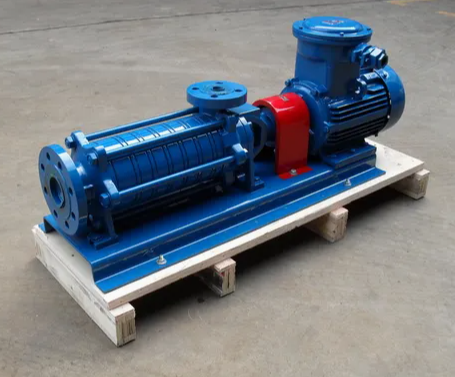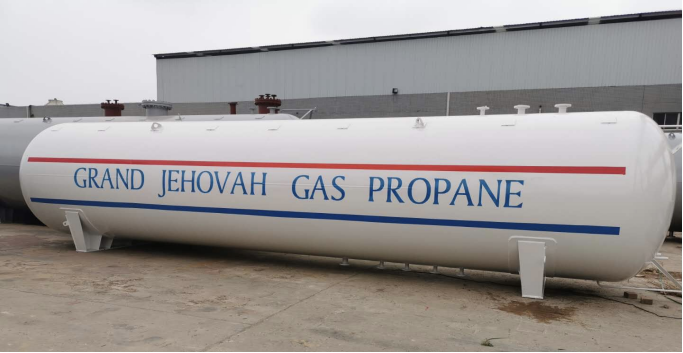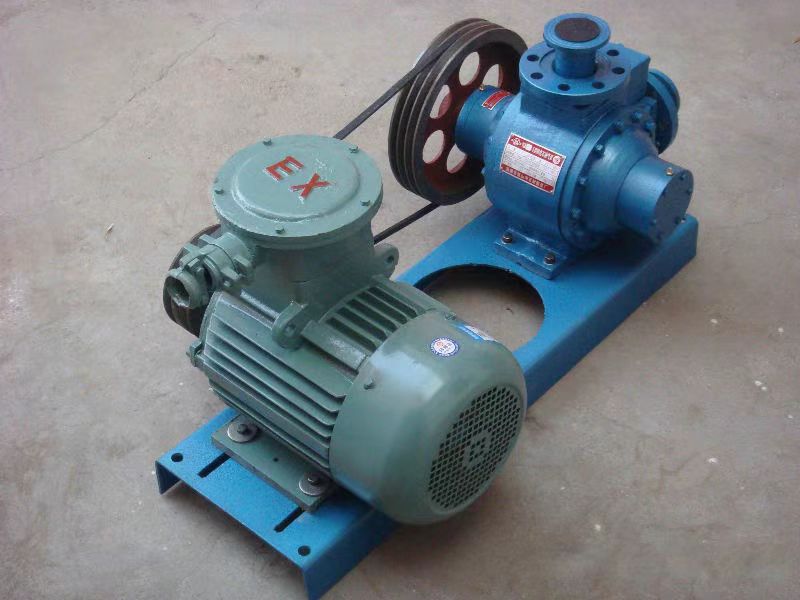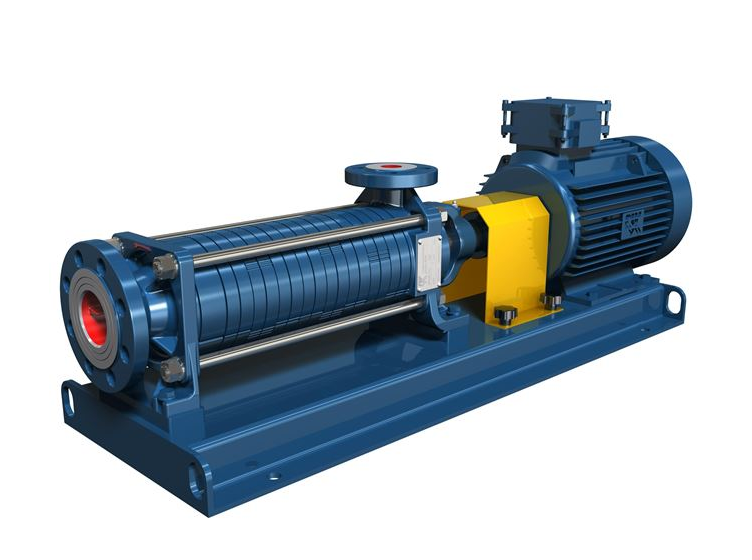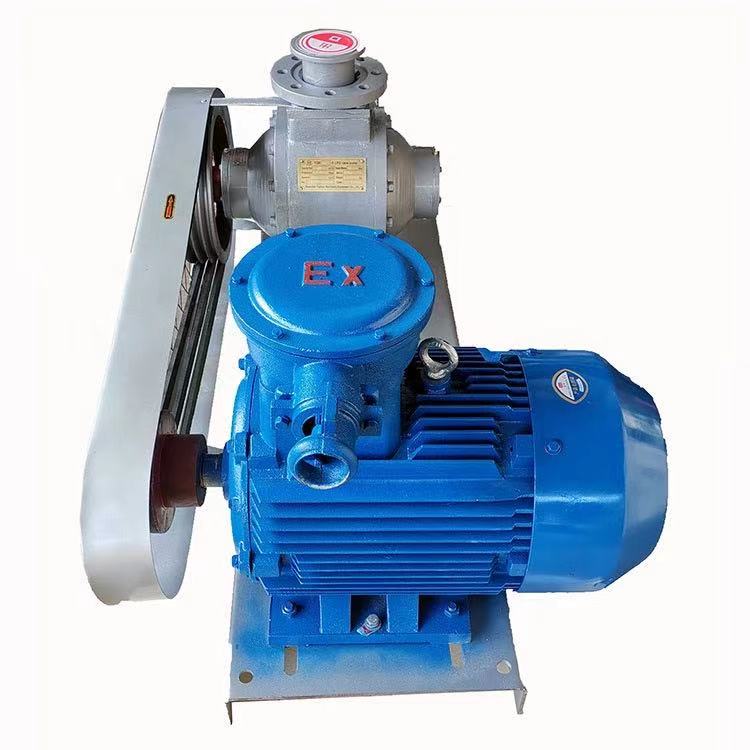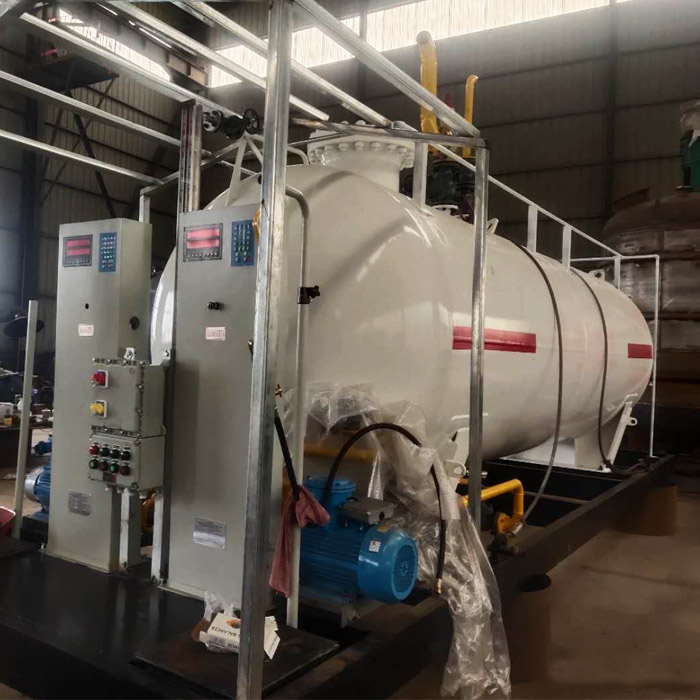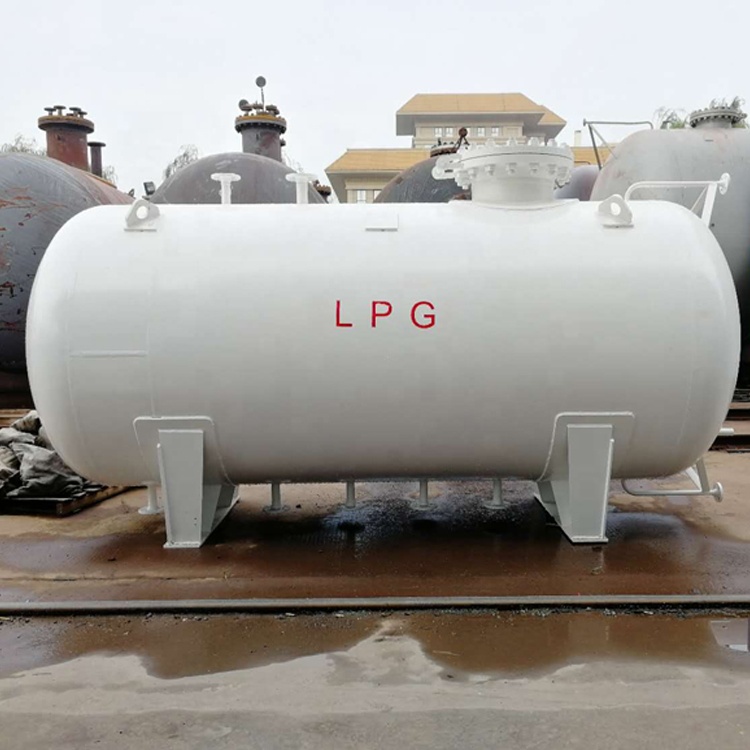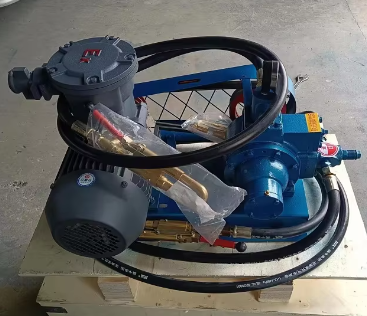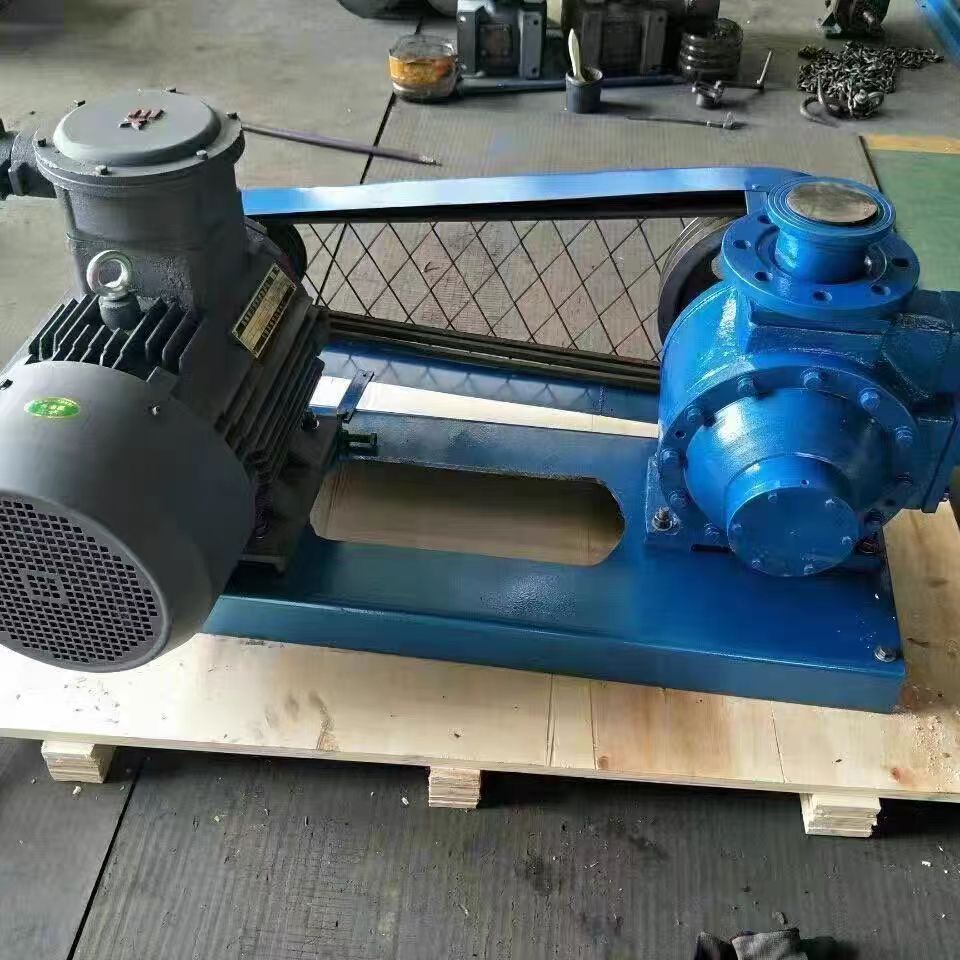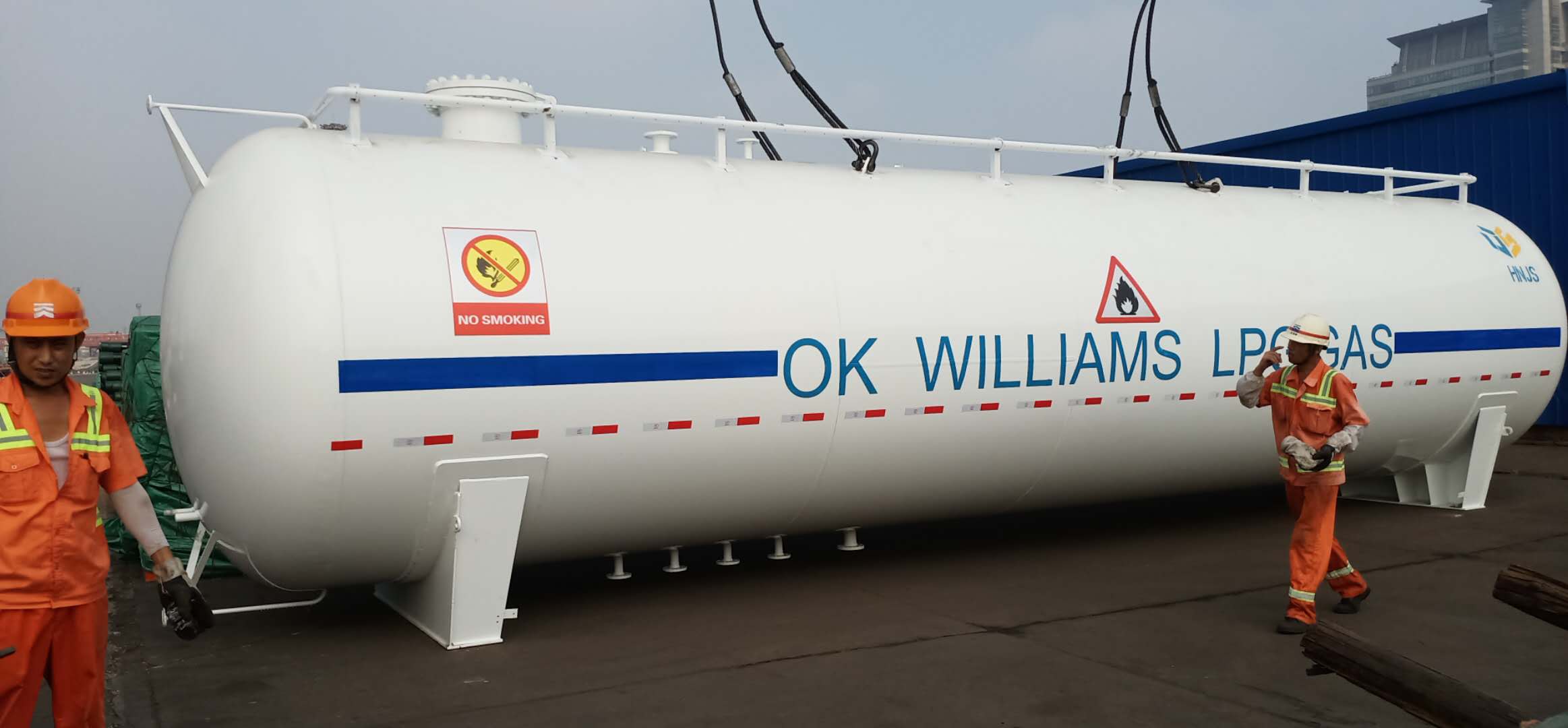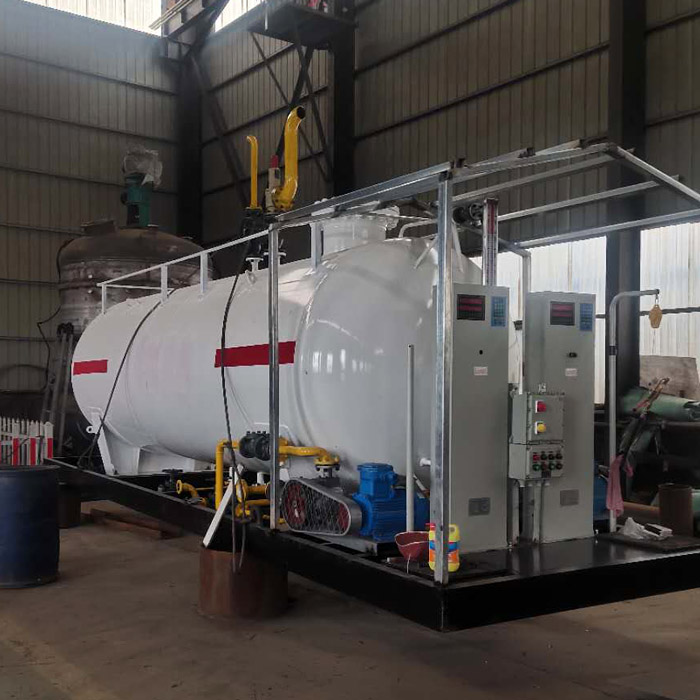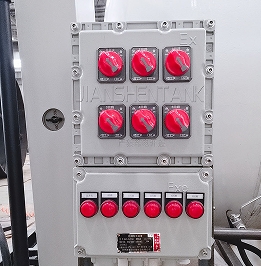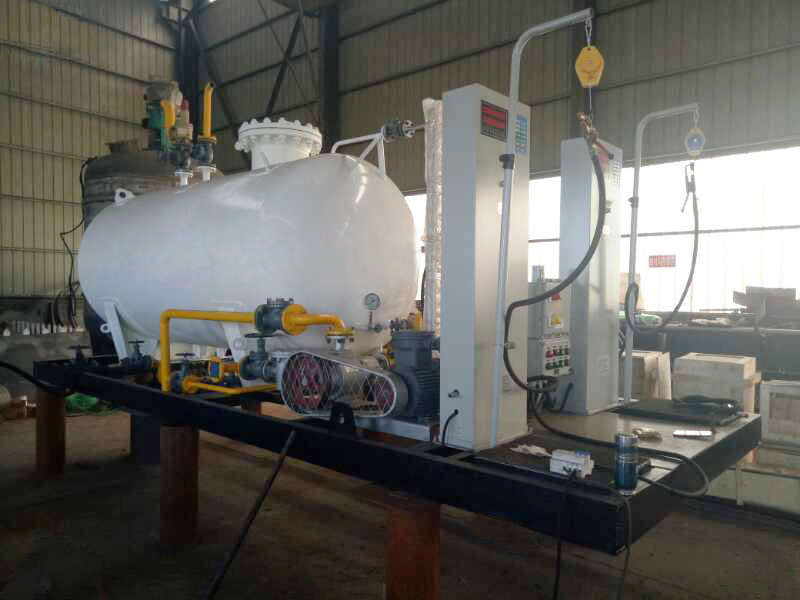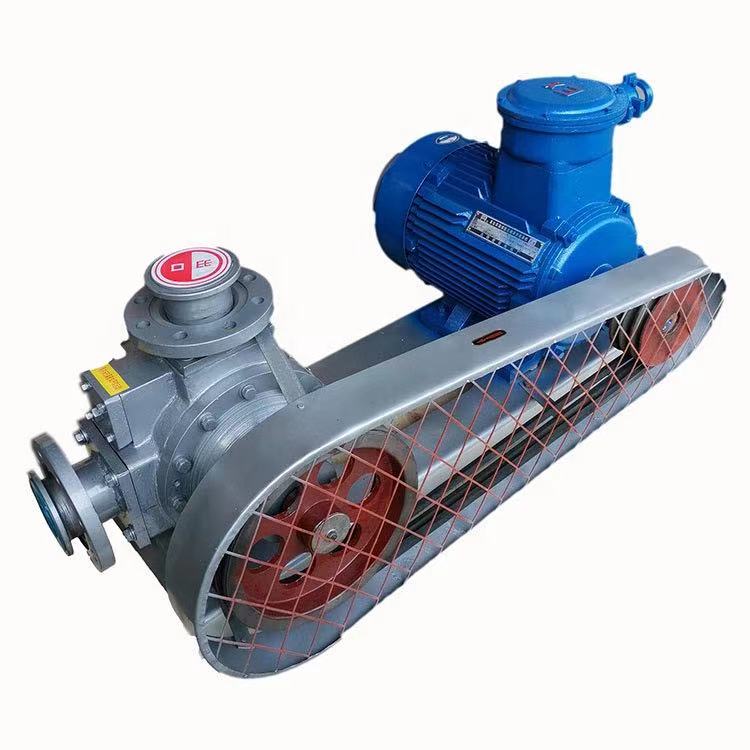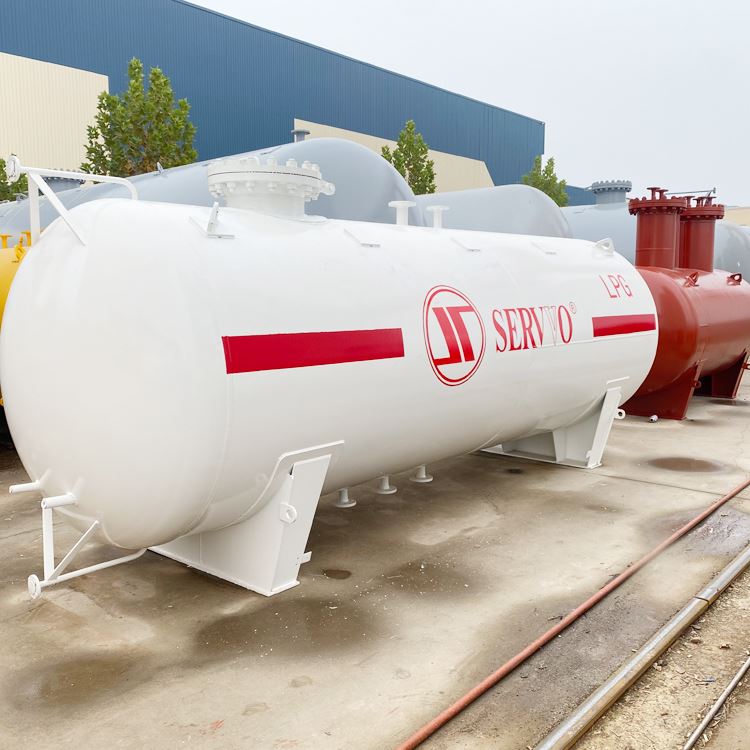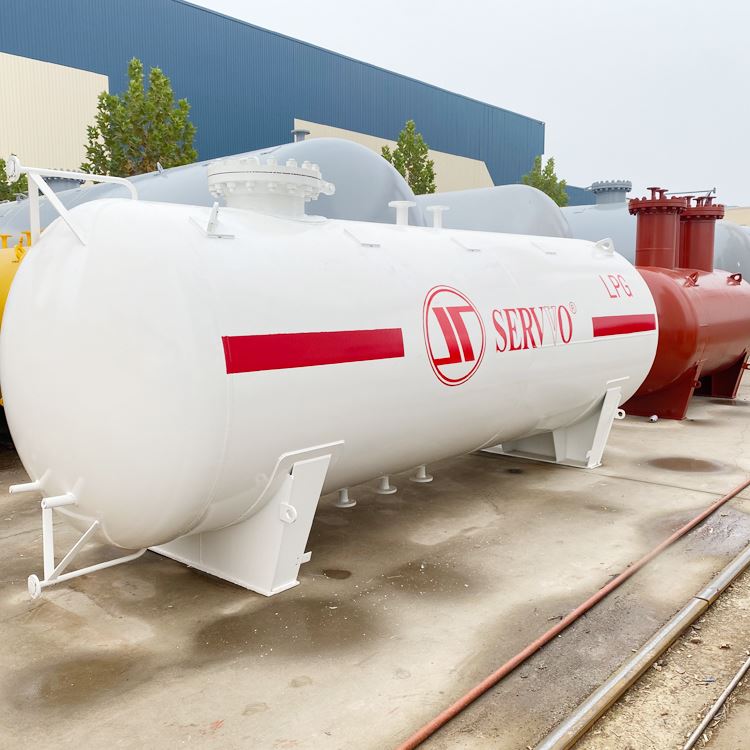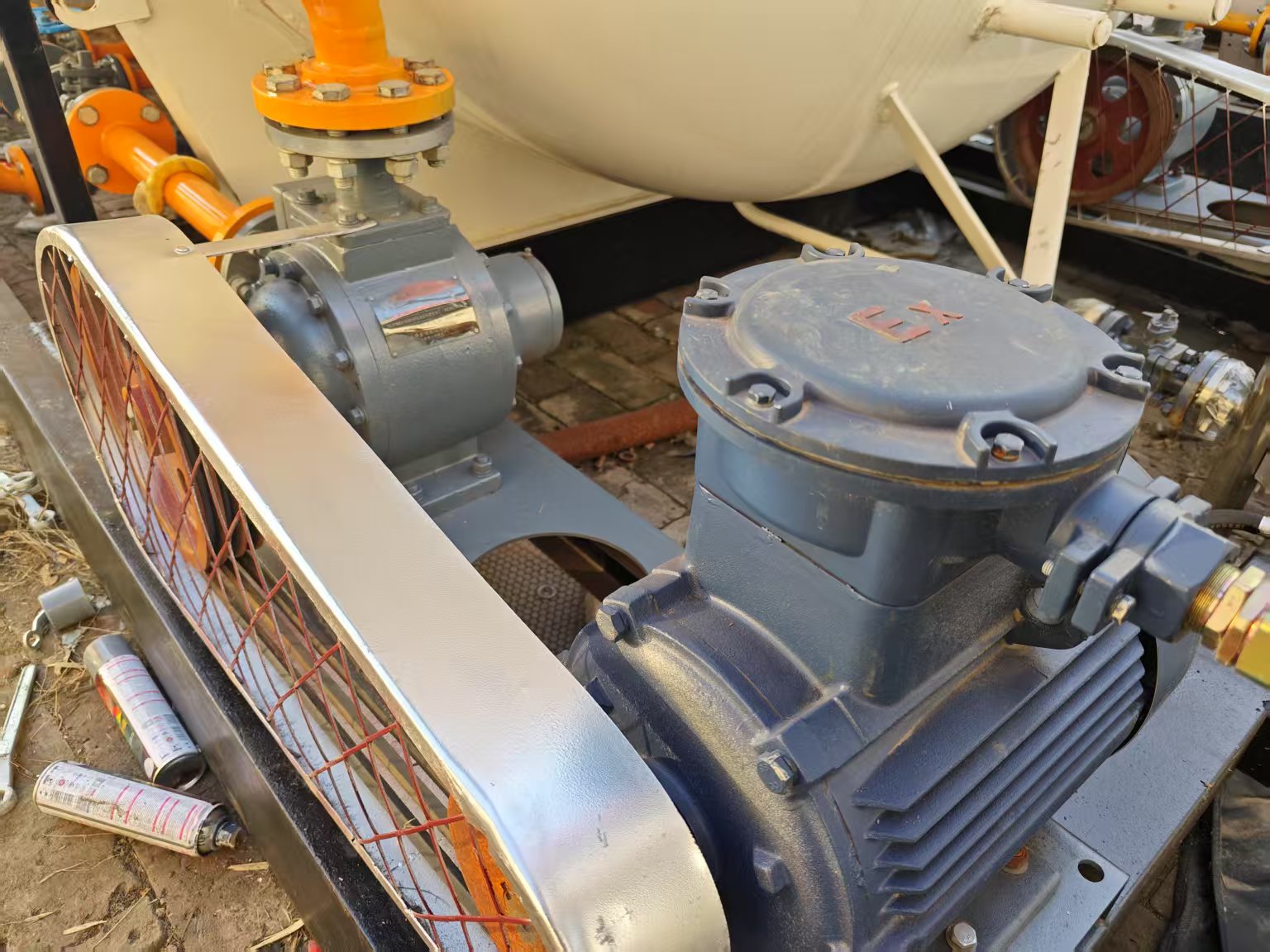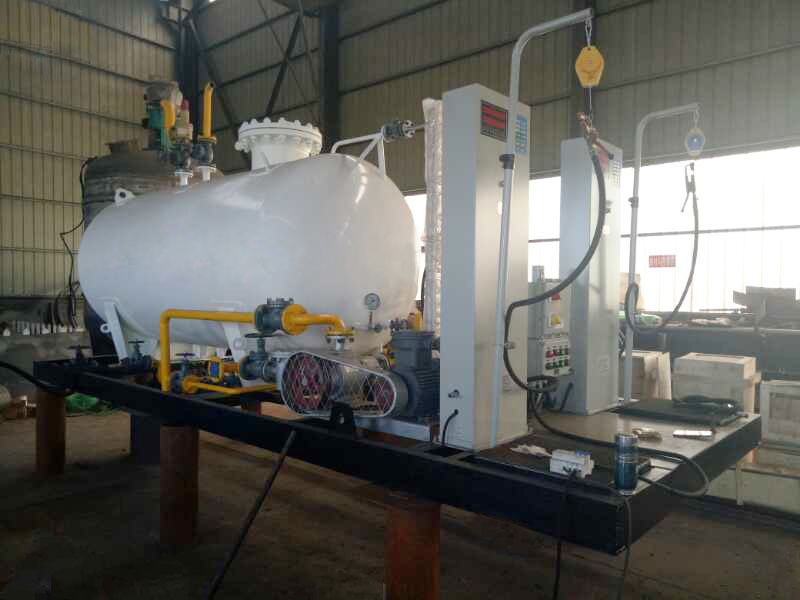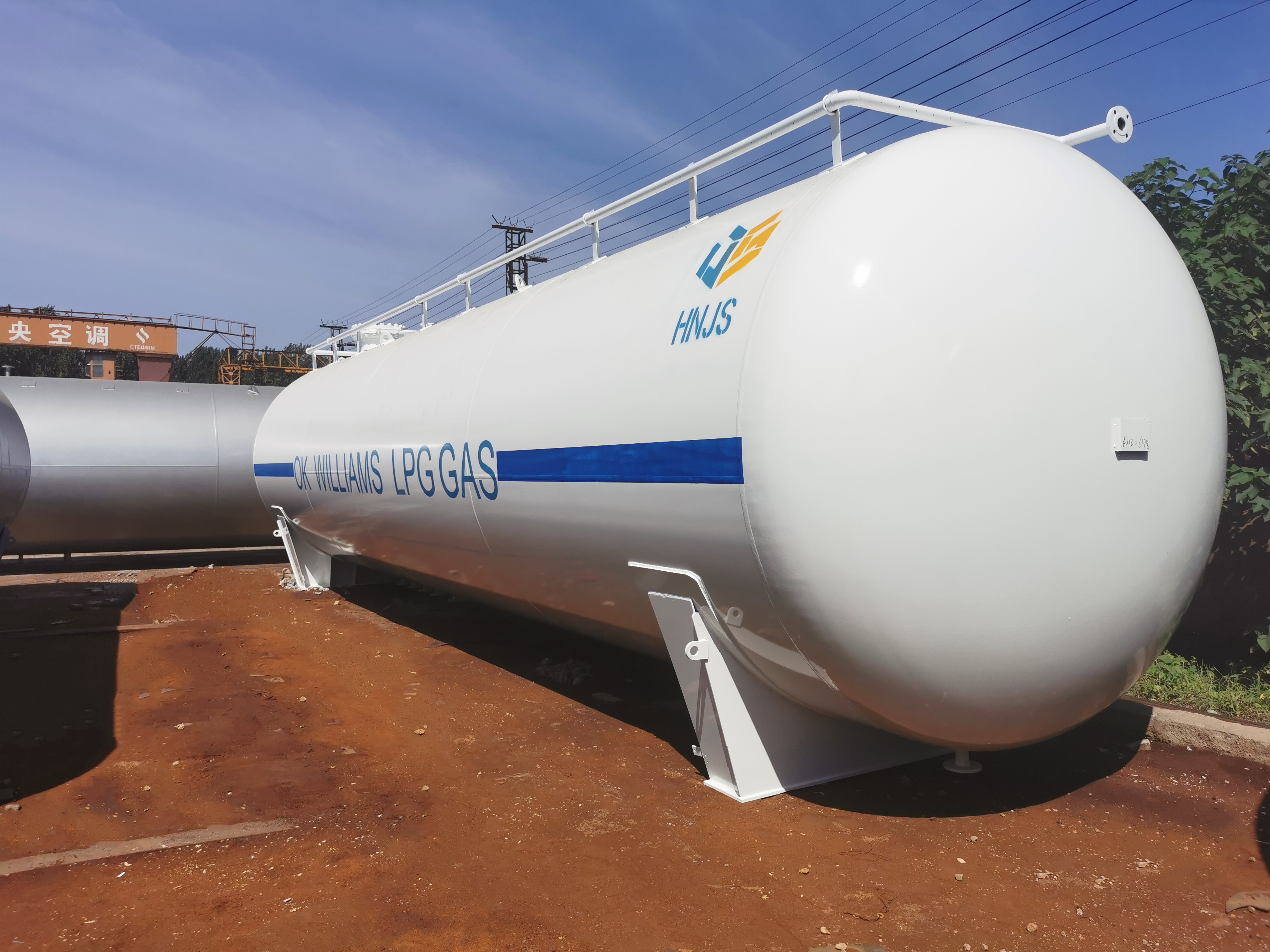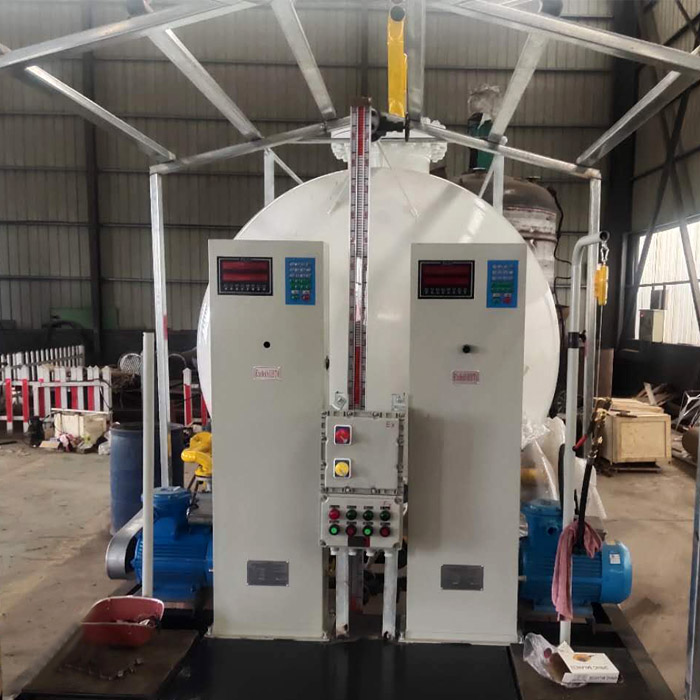Commercial use of LPG(2)
The main sources of commercial LPG are the processing and refining of natural gas and petroleum. The raw materials usually contain excess propane and butane fractions. These must be removed to prevent them from condensing in the high-pressure exhaust pipe. During the oil refining process, LPG is collected by titration from the lighter mixture dissolved in crude oil. It can also be produced by molecular fission of heavier hydrocarbons. Therefore, LPG is considered a by-product. Its exact composition and characteristics usually vary depending on the source.
Commercial LPG provides 8% more energy per unit weight than gasoline. (LHV=19,757BTU/lbm) In theory, a vehicle equipped with LPG will be more efficient than a gasoline-powered vehicle. Such a vehicle can achieve lower fuel consumption and improved mileage. However, this is only true for engines designed and modified specifically for commercial LPG. If a gasoline engine is converted to commercial LPG, this increased efficiency will not be achieved. Because LPG is much less dense than gasoline, the relative oxygen demand is higher, and this lower density fuel will replace the incoming air. Therefore, less air will enter the cylinder, which will reduce the efficiency per unit volume. Compared with the power generated by the original gasoline engine, the power will be reduced.


